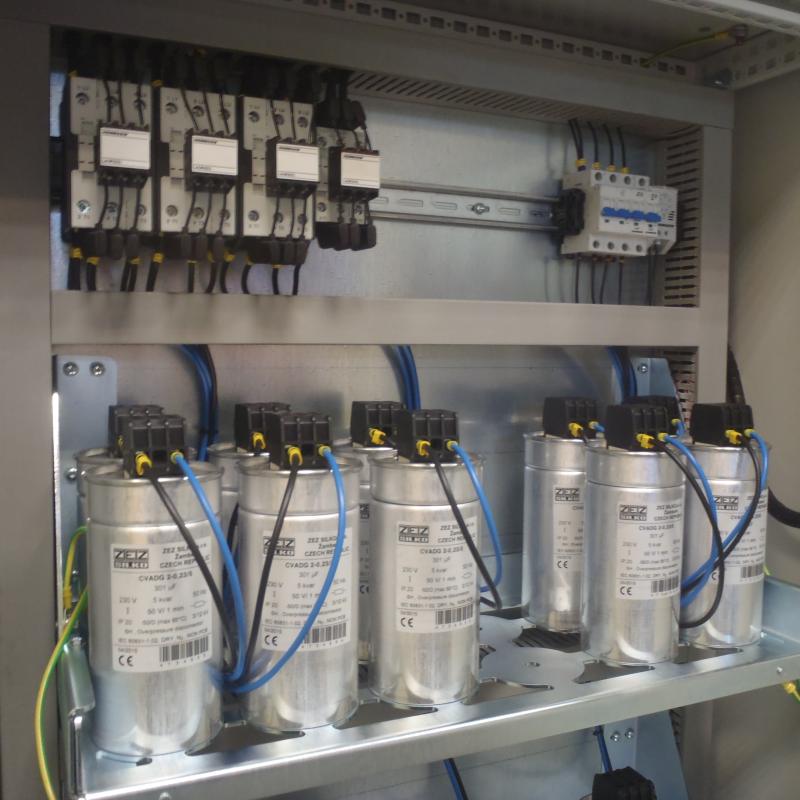Reactive power compensation systems are essential for improving energy efficiency and reducing electricity costs in industrial and commercial power networks. These systems help correct the power factor by balancing reactive power, which is the non-working power caused by inductive or capacitive loads such as motors, transformers, and converters.

Reactive power compensation systems are essential for improving energy efficiency and maintaining grid stability in industrial and commercial electrical networks. These systems help manage reactive power (VAr)—the energy that flows back and forth in AC systems but does not perform actual work. While reactive power doesn’t drive machinery, it is necessary for operating inductive equipment such as motors, transformers, and inverters.
Without compensation, excess reactive power causes voltage drops, higher energy losses, oversized cables, and potential utility penalties. A low power factor (below 0.95) indicates inefficient power use and often results in higher electricity bills.
Installing a reactive power compensation system, such as capacitor banks or reactors, helps maintain voltage stability, optimize load performance, and reduce the total current flowing through the system. This not only improves efficiency but also reduces maintenance costs and CO₂ emissions.
Whether you operate a manufacturing plant, logistics center, or office building, monitoring and controlling reactive power is vital. Modern compensation systems can be tailored to your specific needs based on your equipment's power factor, energy usage patterns, and load variability.
At Lāsma, we offer expert guidance and reliable solutions for reactive power compensation. Our product range includes fixed and automatic capacitor banks, hybrid systems, and advanced controllers to ensure long-term energy efficiency and compliance with power quality regulations.
Optimize your power factor today and start saving on energy bills while improving your electrical system's reliability.
What is reactive power compensation?
Reactive power compensation is the process of reducing or eliminating unused power in AC systems to improve power factor and system efficiency.
Why is a high power factor important?
A high power factor (above 0.95) reduces energy losses, avoids utility penalties, and enhances the lifespan of electrical components.
How do I know if I need compensation equipment?
Check your electricity bills for power factor charges or request a power quality audit to assess your system's reactive load.
What equipment is used for reactive power compensation?
Common solutions include capacitor banks, detuned reactors, and automatic power factor controllers.
Can compensation reduce my energy costs?
Yes. Properly installed systems can cut total current by up to 50%, significantly lowering electricity expenses.